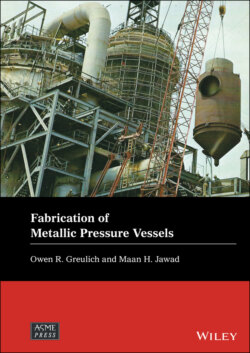Читать книгу Fabrication of Metallic Pressure Vessels - Maan H. Jawad - Страница 30
1.3.4 General approach to cost control
ОглавлениеEffective management of cost involves making trades based on actual costs of the delivered product. It therefore requires assessment not only of material and labor costs but also the cost of shipping. This will be especially important for shipment of large and/or heavy fabrications. These are likely to require permits and may require special equipment and routing, raising costs far above the usual cost per pound for shipping.
A general rule, with some exceptions, is that labor costs outweigh material costs and that labor is therefore the area most ripe for cost reductions.
If, for example, material represents 10% of the cost of a product, then any reduction in material costs must clearly be less than 10% of the cost of the overall product. This could be the case for a carbon steel vessel with complex fit‐up. For this, vessel reductions in labor likely do not increase material costs significantly and should be considered as ways of reducing overall costs.
A vessel fabricated of certain nickel alloys, titanium, or zirconium, on the other hand, will have very high material costs. In this situation, reducing material costs may be effective in reducing overall costs.
Seeking only the lowest hourly rates risks, at times, finding the lowest productivity, but where skilled labor is acquired cheaply, overall product costs may be low.
Thus, it is important to assess the overall cost of a delivered product. When a design change is made, whether or not with the intent of reducing costs, overall costs must be reassessed. It will sometimes be found that the change results in even greater savings than anticipated, but it will also sometimes be found that the savings are eaten up by increases in other areas.
